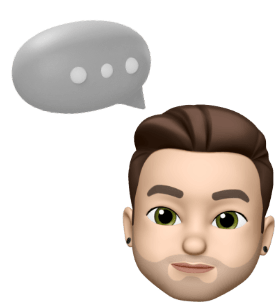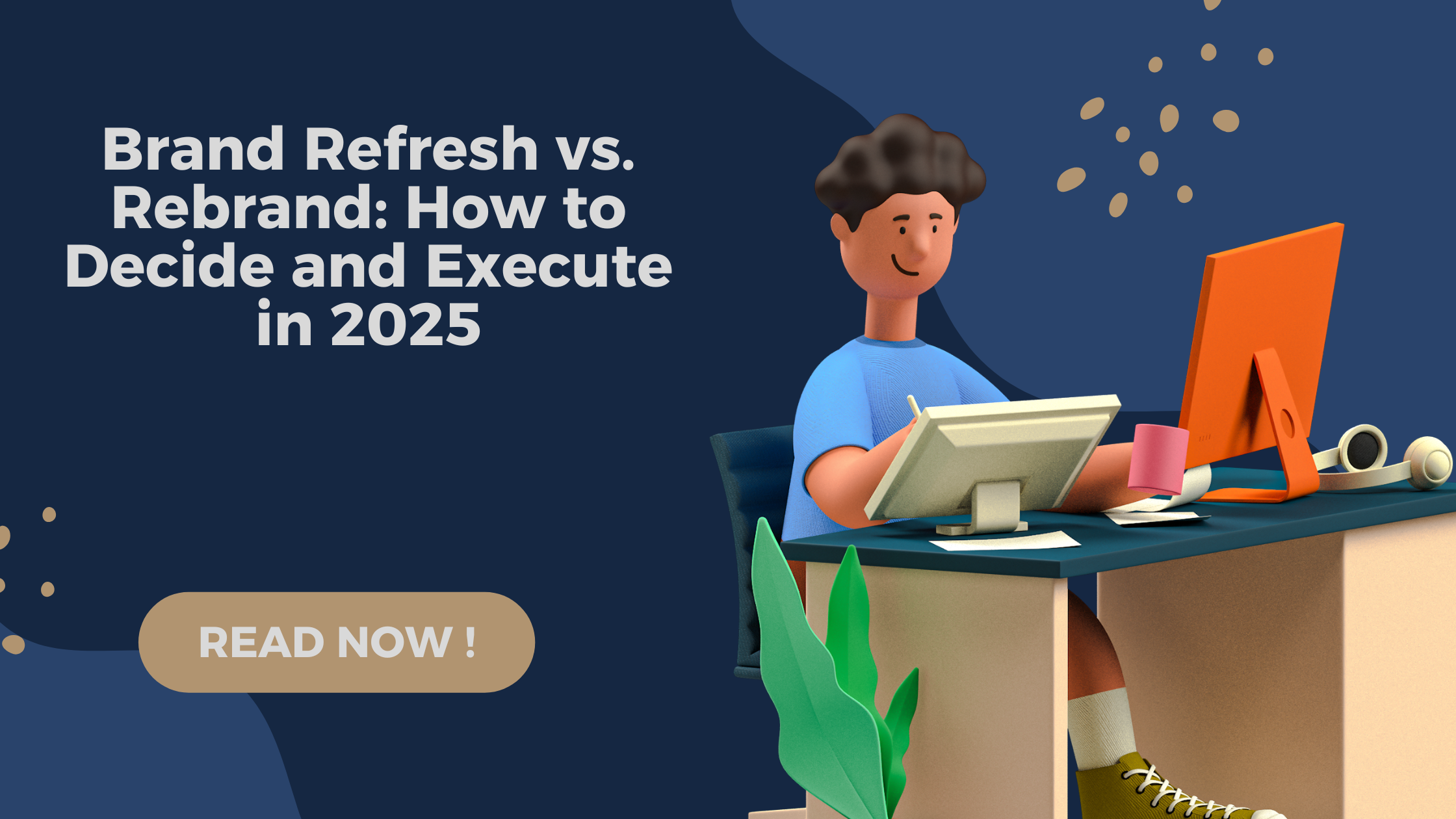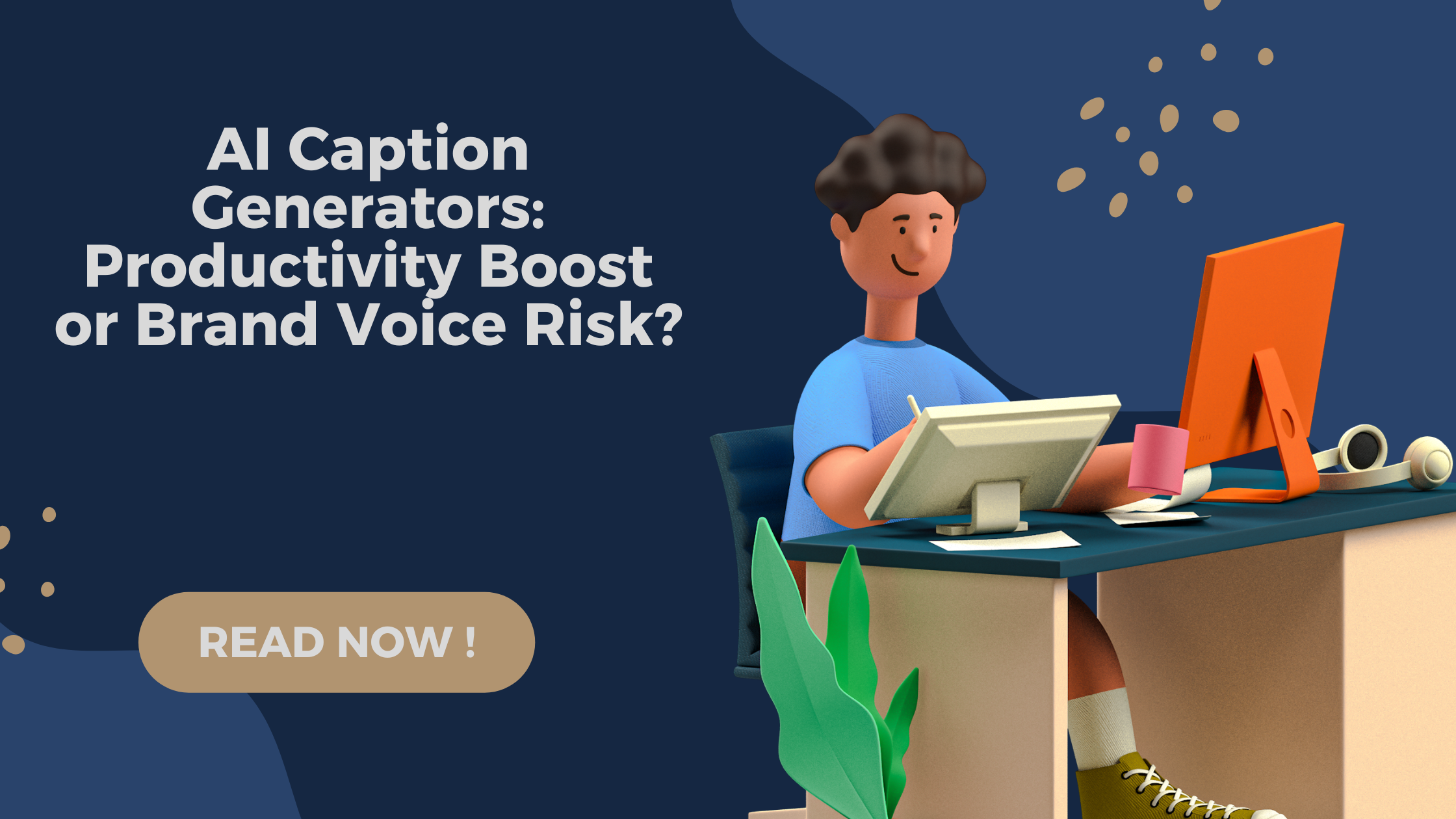Table of Contents
- Introduction: From Endorsements to Ecosystems
- A Brief History of Influencer Marketing
- The $10 Billion Milestone: What It Really Means
- Types of Influencers in 2025
- Key Platforms and Their Role in Influencer Growth
- The Rise of Authenticity: Micro & Nano Influencers
- AI’s Role in Influencer Discovery and Campaign Management
- Data-Driven Influence: Metrics That Matter
- UGC + Influencers: The New Collaborative Norm
- Case Studies: Brands Winning the Influencer Game
- Red Flags and Pitfalls to Avoid
- Future Trends: Where Influencer Marketing is Headed
- FAQs
- About Rahul Sinha Digital Solutions (RSDS)
- Suggested Reading
- Conclusion: The Influence of Real Connection
1. Introduction: From Endorsements to Ecosystems
Influencer marketing has evolved from celebrity shout-outs to full-fledged ecosystems where trust, community, and creativity converge. With a projected market size surpassing $10 billion, this industry is no longer a “trend” — it’s a mainstay of modern brand communication.
2. A Brief History of Influencer Marketing
From blog collaborations in the 2000s to YouTube unboxings in the 2010s, the influencer landscape has grown with each wave of digital innovation. The 2020s ushered in TikTok trends, Instagram reels, and creator monetization models that made everyday people into trusted brand voices.
The $10 Billion Milestone: What It Really Means
Crossing this threshold signifies:
- Shift of budget from traditional media to creators
- ROI and conversion rates that surpass traditional ads
- Brands building long-term creator partnerships instead of one-off posts
Stat: Influencer campaigns deliver an average ROI of $5.78 for every $1 spent (Source: Influencer Marketing Hub)
Types of Influencers in 2025
| Type | Followers | Example Use Case |
| Nano | <10K | Hyperlocal skincare launch |
| Micro | 10K–100K | Lifestyle product demo |
| Macro | 100K–1M | Fashion brand launch |
| Mega/Celebs | >1M | Global campaign for luxury brand |
Each segment serves a unique purpose in a well-balanced influencer strategy.
Key Platforms and Their Role in Influencer Growth
- Instagram & TikTok: Short-form content and viral trends
- YouTube: Long-form trust-building
- LinkedIn: B2B influence and thought leadership
- Twitch & Discord: Real-time community engagement
New Entrant: BeReal and Threads for raw, behind-the-scenes content
The Rise of Authenticity: Micro & Nano Influencers
Micro and nano influencers dominate engagement rates. Their content feels relatable, not rehearsed.
Why It Works:
- Real audience interaction
- Higher trust factor
- Cost-effective for brands
AI’s Role in Influencer Discovery and Campaign Management
AI tools now:
- Find influencers based on audience overlap
- Predict engagement and campaign outcomes
- Auto-generate reports with ROI insights
Example Tools: CreatorIQ, Modash, Upfluence
Data-Driven Influence: Metrics That Matter
| Metric | Purpose |
| Engagement Rate | Gauges audience activity |
| Conversion Rate | Measures ROI |
| Cost per Engagement | Evaluates budget efficiency |
| Sentiment Analysis | Understands brand perception |
Pro Tip: Prioritize engagement quality over vanity metrics like follower count.
UGC + Influencers: The New Collaborative Norm
Influencers are no longer just distribution channels — they’re creators.
Brands now:
- Commission UGC (User-Generated Content)
- Reuse content in ads, websites, and packaging
- Empower creators with creative freedom
Case Studies: Brands Winning the Influencer Game
1. Glossier: Built its brand by reposting customer content and encouraging user-led reviews.
2. Gymshark: Partnered with fitness micro-influencers globally, creating viral challenges.
3. RSDS Client – Dhaaga Home: Used barter-based reels with interior creators to increase reach by 63%.
Red Flags and Pitfalls to Avoid
- Fake followers
- Over-scripted briefs
- Ignoring FTC disclosure rules
- One-off, non-strategic posts
Solution: Work with agencies that vet and manage influencer relationships.
Future Trends: Where Influencer Marketing is Headed
- Virtual influencers: AI-powered personas with millions of followers
- Performance-based collaborations: Payment tied to conversions, not reach
- Creator-led brands: Influencers launching their own product lines
- Niche communities: Private Discords, Substacks, and Telegram groups
FAQs
Q1: Are influencer marketing campaigns measurable?
Yes — use tools that track traffic, engagement, conversions, and sentiment.
Q2: Should small businesses use influencers?
Absolutely. Micro-influencers can drive targeted, loyal engagement at low cost.
Q3: What’s the ideal campaign length?
Long-term partnerships build trust. Opt for at least 3-month cycles when possible.
RSDS is a performance-first marketing agency that helps brands amplify their voice through:
- Influencer strategy & UGC planning
- Paid + organic campaign execution
- AI-powered analytics and reporting
- Web & SEO services to boost visibility
👉 Ready to scale your influencer program? Visit rahulsinha.in
Suggested Reading
- “Influencer Marketing Hub Annual Report”
- “State of Creator Economy – LinkedIn News”
- “The UGC Playbook – Later Blog”
The Influence of Real Connection
The power of influencer marketing lies not in follower count, but in connection. As audiences crave authenticity and community, brands must evolve from advertisers to collaborators. In this $10 billion industry, those who build genuine relationships — not just campaigns — will lead the future of influence.
Written by the RSDS Content Team





